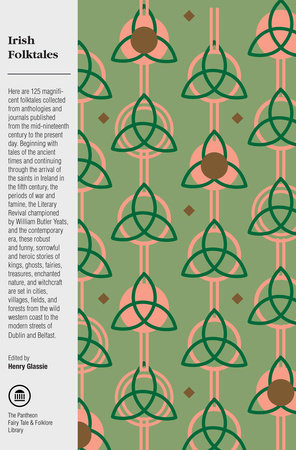
Follow-up reading:
- W. B. Yeats
- The Aran Islands
highlights
The writing of books, like any good craft, comes as much from friendship as it does from the monster that coils within. Page xv
His pleasure in youth, he says, came from listening to the old people talking, and his delight in old age, he says, is keeping the truth and telling the whole tale. Page 6
Smoking together, we watch the fire. A turf fire does not flare and snap. It smolders, rolling into itself, providing a spectacle that is only about as engaging as a television set. For a while the mind follows the eye through the transformations of color into the red-gold heart of the fire, discovering tiny flecks of blue and green and curls of rosy smoke that rise past black iron pothooks and crooks into the soot-choked gullet of the chimney. The mind needs more, and it wanders, and when it wanders here, among farmers poor in the things of the world, they worry because, they say, if you think you will become sad, for life is short and death is long, and if sadness grips you it will drag you toward despair, a state in which you are of no use to your neighbor or yourself, in which you forget God’s special love for you. In silent contemplation, in brooding, you drop toward damnation. You must, at all costs, avoid thinking. Your hard life has already taught you the truths philosophers seek, so you rise and go upon the roads, no matter the cold and the dark, and you gather someplace where others will help you keep your mind off the pains in your joints and the damned old cows and the muck and the winds and the rains and the terrors that visit in silence, someplace where you can help others remain alive to life. We watch the fire and we are not silent. Pages 6–7
A little time passes, and the hearth’s small flame shows Hugh Nolan to be at work in the enormity of his memory. Page 7
When one old star on a bad cold night told the men gathered around him of another old star on a bad wet day who entertained the men around him by whipping the weather into a joke, he made two connections simultaneously and gracefully. One is the connection linking the teller of the tale with the source of the tale. The other is the connection linking the teller and the members of his audience. Page 10
In preserving the artistic tradition he shared with a man of the past while communicating with the men of the present, Hugh Nolan inserted himself into time, bundling up the past to make it a gift to the future, and he positioned himself responsibly within society by pulling the people of his place into deeper association. To unify time and society — tradition and communication — in a narrative is to tell a folktale. Page 10
Hugh Nolan knew his audience; their values ran toward oneness. He knew which ideas of significance would engage and aid the men around him, and he found those ideas in a story already set in his mind. But the ideas that move writers and their audiences do not necessarily mesh with the values built into the stories that writers discover and then attempt to re-create on the page. While striving to do anew what the storyteller has already done, connecting to a source and an audience while weaving a test, the writer meets and solves new problems. Page 10
He enjoys the ripple of his own prose, its light tone and learned allusions, but he restrains it, keeps it plain and direct, and when he quotes the country people he preserves their words without exaggerating them grotesquely. Page 13 … There is an argument to be made for recording dialect, but misspelling little words serves science less than it serves the gentleman who wants to shake a cheap laugh out of his reader, and who, even more, wishes not to be confused with the people of the story. Page 14
‘All art,’ John Synge said, ‘is a collaboration.’ No mere association between like-minded artists, the collaboration that powered his movement unified the artist with the national tradition. This is the structure of collaboration: in order to locate deep truths and to gain wide appeal, to avoid the trivializing constraints of academic endeavor, the artist roots his work in the folk culture and then accepts two responsibilities: to preserve the old tradition intact for the future; to do battle with the tradition so as to answer the needs of the self while creating new works for new worlds. Page 18
Child after child abandons the comforts of home and takes the strange road, learning to form proper alliances and act with courage in order to enter through marriage a new state of being. Now mature, they are left with their faith, which bids them to endure, and with their wit, out of which they learn to turn fear into laughter and life into a story. Page 29